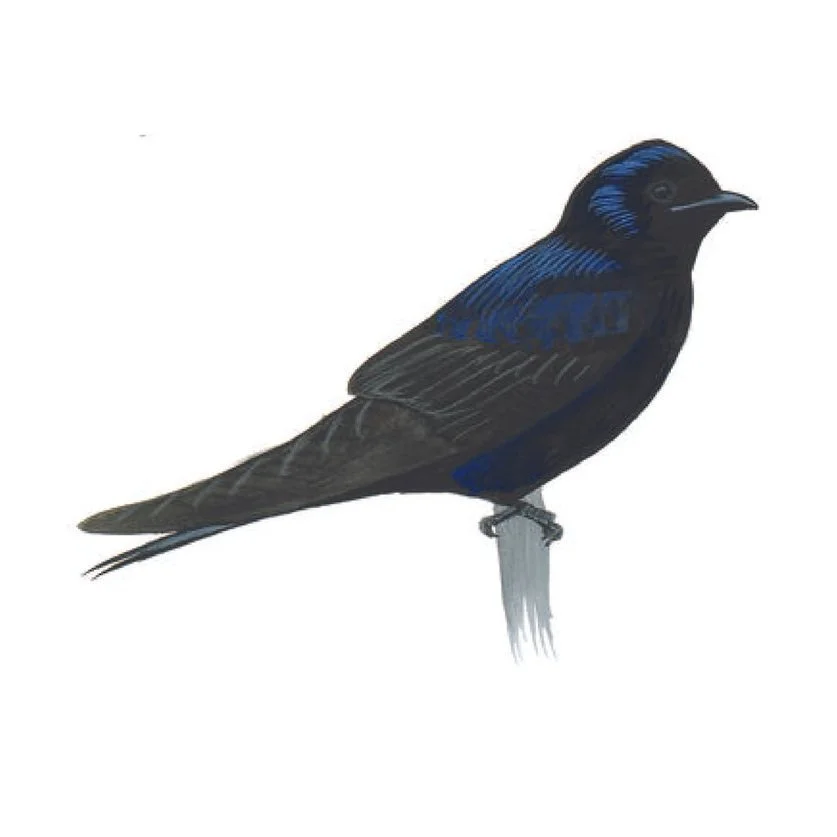Speciation, behaviour, and conservation
Speciation and Seasonal Migration
Research in our lab was initially inspired by a hybrid zone between two subspecies of Swainson’s thrush. These subspecies were thought to take different routes on migration. Since migratory routes are largely genetically determined in songbirds and these routes took thrushes around large geographic barriers on migration, this difference was thought to cause their hybrids to take intermediate and inferior routes on migration. Under this scenario, differences in migration would help reduce gene flow between the subspecies and contribute to speciation.
We used direct tracking data and free-flying birds to support this hypothesis and have been using natural variation in the hybrid zone to study the genetic basis of speciation and migration since then. We have added genomic, transcriptomic and epigenomic data to our initial tracking data and maintain a colony of birds in house for much of this work. We are excited about applying some more functional genetic work in the system in the future.
SPECIATION AND COURTSHIP BEHAVIOR
We recently expanded our interest in speciation to a new hybrid zone between two species of hummingbirds – ruby-throated and black-chinned hummingbirds. In this case, we are interested in the role differences in courtship behavior play in maintaining this hybrid zone. Males from both species exhibit complex courtship displays that include both shuttle displays and U-shaped dives where males rise and descend past females at high speeds, spreading their tails to produce sonations, and exposing their iridescent throats to females.
SEASONAL MIGRATION AND CONSERVATION
We have also expanded our interest in migration to a new system and set of questions that are based in conservation biology. Many migratory songbirds are in decline and phenological mismatch between the timing of migration, breeding and resource availability is thought to be one cause of this decline. We are leveraging natural variation in the migratory timing of Purple martins to attack this question. This project includes close connections with wildlife managers, helping ensure that our results are fast tracked to conservation plans.
Comparative analyses
Our work seeks to fill fundamental knowledge gaps in evolution and wherever possible we use our data to inform conservation strategies. Much of our work work focuses on single systems but wherever possible we broaden the application of our results using comparative analyses, at both the phenotypic and genomic level.
Click here to read about our work implicating differences in migration in generating diversity among species pairs of North America songbirds. Click here to read about our work using genetic variation across multiple pairs of songbirds to implicate linked selection in generating patterns of genomic variation.
Multidisciplinary work
We are not focused on any one set of techniques. Instead, we let our questions guide us, integrating new techniques (e.g., animal tracking, niche modelling, next-generation sequencing, and neurobiology) with traditional approaches (e.g., hybrid zone theory, and population genetics).





